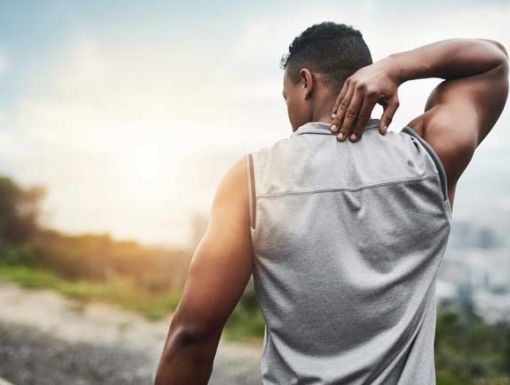
How Can I Improve My Swim Catch?
Ever feel like you aren’t going anywhere when you try to swim? You jump in the pool, push off the wall and have the arms and legs moving but it can sometimes feel like you aren’t going anywhere fast and all the effort isn’t netting that gliding stroke you see from it seems like everyone else in the pool.
Even if you learned how to swim as a child or young adult, that doesn’t necessarily mean that lap swimming is easy or natural.
It’s one thing to technically know how to swim and it’s another thing to use technique to improve the efficiency of your swimming stroke to enhance exercise and sports like triathlons. Swimming is one of the best, non-impact exercises for fitness out there, and a great cardio training discipline when temperatures soar in the summer in Louisiana and things like running and biking can prove cumbersome and too hot.
So let’s talk about making swimming as fitness-forward as possible. Focusing on stroke technique improvement can enhance the exercise.
Ochnser Fitness Center, which features seven pools, including an eight-lane outdoor lap pool at the Harahan, Louisiana location, has some great hacks for improving swimming technique.
The big key is honing in on what happens underneath the water. That’s where all the movement and technique really matter with swimming. Your hand, arm, feet and leg movement underwater literally are the propellers in swimming.
Here are five tips to help improve stroke technique:
- “Handy” Work: In teaching little children how to swim, instructors will often refer to their hands as “little scoopers.” The reference still applies to an adult learning to swim. If your hands are the main vehicles that are propelling you forward and if your fingers are splayed, you won’t have grip on water and your stroke won’t be as efficient. If your fingers are joined together like a web and you slightly “scoop” your palms, all the sudden your hands turn into oar-like instruments to propel you forward.
- V Formation: Once you have your “scoopers” ready, think about how to catch water. Your hand needs to be angled to grab water and not slip through it. The quick correct on this is to point your elbow high over the water like a steep mountain. This puts your submerged hands vertically into position to push water behind your thighs and propel your body forward. If your elbow dips down, your hand angle flattens and your hands slip instead of grabbing and propelling forward. When they slip, your hands are moving but your body isn’t.
- Keyhole Perspective: How you move your hands in the water – the shape of the hands route – makes a difference. Think about an old-fashioned keyhole shape. Each hand is responsible for one half of the keyhole pattern from the top of it to the bottom. With the scooped hand in position, moving your hand in that pattern will efficiently move you forward one stroke at a time. Pulling straight down won’t give you as much propulsion forward and following that pattern.
- Legging it: Once the arms and hands are good to go, think about the biggest muscles in your body: your legs. They’re like the engine of your boat. When people first learn how to swim, they understand they need to kick their legs to swim but they often make the mistake of bending their knees and creating too much splash. The key to a strong swimming stroke is a straight leg fluttering motion while maintaining ankle flexibility. Another good young child reference is thinking about solider legs – straight legs marching in the water while you are prone.
- Ankle motion: Ankle flexibility is another key component to kicking efficiently while you swim. While the legs are straight, a good kick is generated by flexion in the ankle. Basically, you point your toes and lift them quickly to create that ankle flexibility and a low round splash behind your body. Keeping your feet mostly submerged just under the water surface is the secret sauce. If your feet are above the water, they will create a huge amount of splash, but very little movement forward. Grab a kick board and practice creating a low ball of white water from your kick. If you are splashing your friend sitting on the deck, your feet aren’t submerged correctly.
If you are interested in learning more about swim lessons for yourself or your child or you want to join Ochsner Fitness Center’s adult Masters Swim team, please contact christina.offutt@ochsner.org for more information.
To learn more about Ochsner Fitness Center memberships, please email craig.guerrera@ochsner.org.


